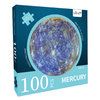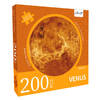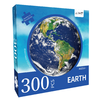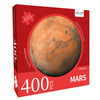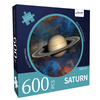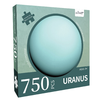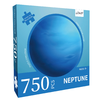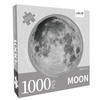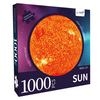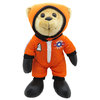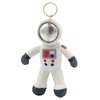Home page Gifts, toys, education 2D puzzles 2D puzzle – Jupiter, 500 pieces
2D puzzle – Jupiter, 500 pieces
Product no.: es425We also recommend
*
Net prices without VAT or delivery
Customers who bought this product also bought
|
Delivery weight: 200 g
|
Delivery weight: 100 g
|
Delivery weight: 100 g
|
*
Net prices without VAT or delivery
Browse these categories as well: 2D Jigsaw puzzles solar system, Space flight gifts, toys & education











